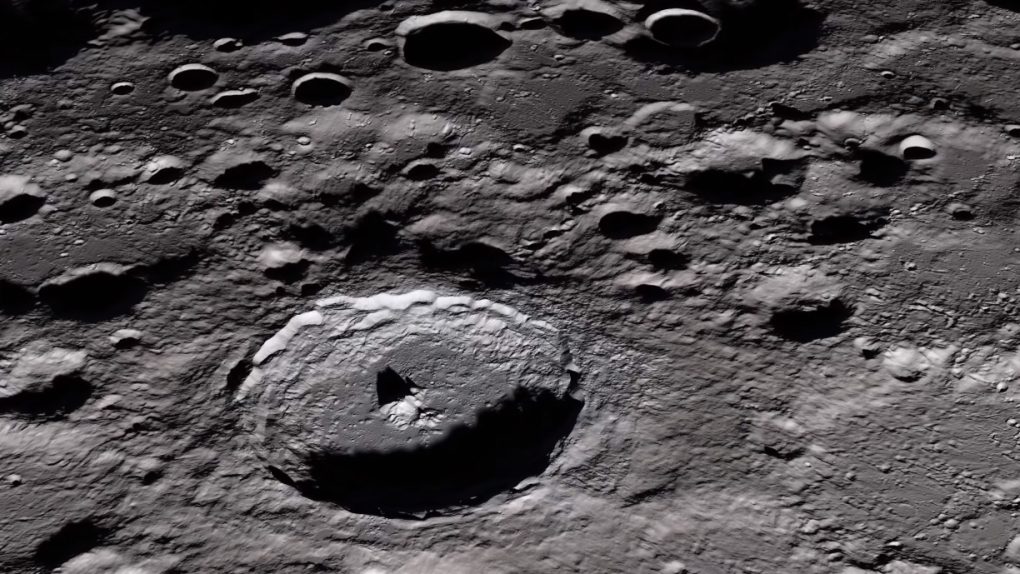It’s been a while since NASA astronauts last explored the lunar surface. During the Apollo missions which first saw man set foot on another astronomical body, the brave space travelers brought back more than their fair share of artifacts when they returned to Earth. Now, after decades of waiting, some of those Moon rock samples will finally be unsealed for study.
As AP reports, the samples have been sitting under lock and key at NASA’s Johnson Space Center, and with rapidly-advancing technology, it’s finally time for scientists to see what secrets they may hold.
NASA has been incredibly careful with who gets access to the Moon rocks it brought back in the late 1960s and early 1970s, ensuring that the limited supply of samples wasn’t exhausted within years or even decades.
Over its various Moon landing missions, the agency amassed quite a collection of rock samples. In fact, well over 800 pounds of lunar material was collected and returned to Earth in just a few years, and much of it has never been examined by scientists.
But distributing samples that have been sealed for nearly half a century isn’t as easy as just popping open a jar and handing them out. Scientists donning protective suits and lab gear has reportedly been practicing the process of unsealing the sample storage containers to ensure nothing is contaminated when it’s time to make the hand-off.
Remarkably, only around 15 percent of the lunar material gathered during the Apollo era has been previously studied. A small portion has also been provided to various institutions for display, but that still leaves approximately 70 percent of the material completely untouched.
NASA is incredibly strict regarding who is allowed to use the samples, and how much each group receives. A total of nine requests have been approved by NASA thus far, and each group will receive a very specific amount of material to conduct the work they each proposed.








